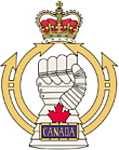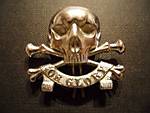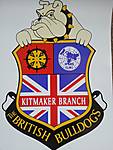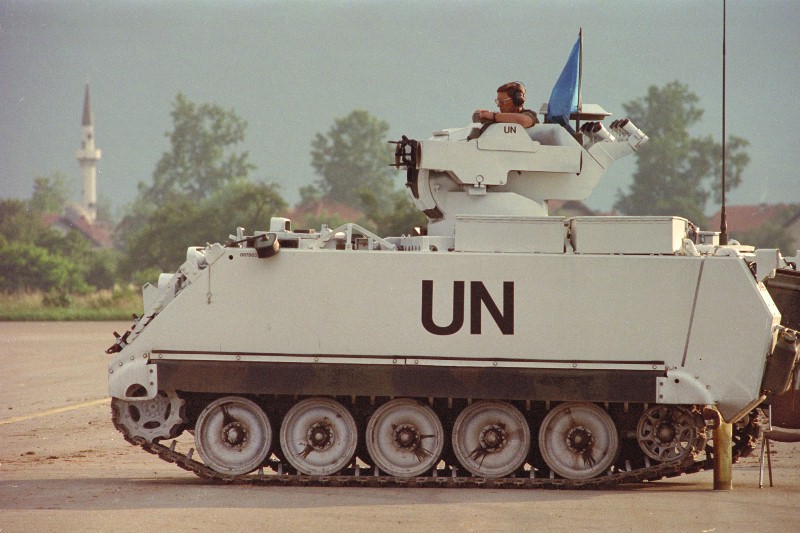Quoted Text
Quoted Text
The Irish troops in Chad dod not use white....what are the criteria: is it Peace Keeping versus Peace Enforcement?
My thinking was anything under the auspices of the UN
Hi Guys,
NO, it is not!
In general the UN doctrine has five different operations:
1. preventive diplomacy
2. restoring peace (peace making) It should restore peace, decrease an (armed) conflict It is used to reduce the problems and should contribute to a solution to avoid a (re)start of the war.
3. peace keeping missions. Its intentions is to restrict, decrease or solve a(n armed) conflict as a third party. They (in general) need the authoisation of the international community and the warrying parties. Military and NGO cooperate to execute these missions.
4. post conflict peace restoring missions
5. peace enforcing operations. Here at least one party does not agree upon an intervention by a peace force. These actions can be inter or intra state character. The use of violence is relatively high. Mainly, these actions will be handed over to a (regional) security organisation, like the NATO or a coalition of states.
The main difference is that in 3. the use of force is limited to self protection. Here, UN troops try to limit the conflict. (as in the beginning of the Bosnian conflict) In case 5. the UN becomes an active party in the conflict and use force to restore peace andto seperate or eliminate the warrying party or parties.( As in the Korean conflict) So, there is quite a difference.
These operations can be put into a spectrum of conflict. This spectrum shows the sort of relations between the groups of population or nations.Peace, (armed) conflict and post-conflict. For conflict you may also read ' war' .
All this is to read in the "An Agenda for Peace", written in 1992 on request of the UN Security Council, written by the UN Secretary-general. It was afterwards completed with the "Supplement".
































































